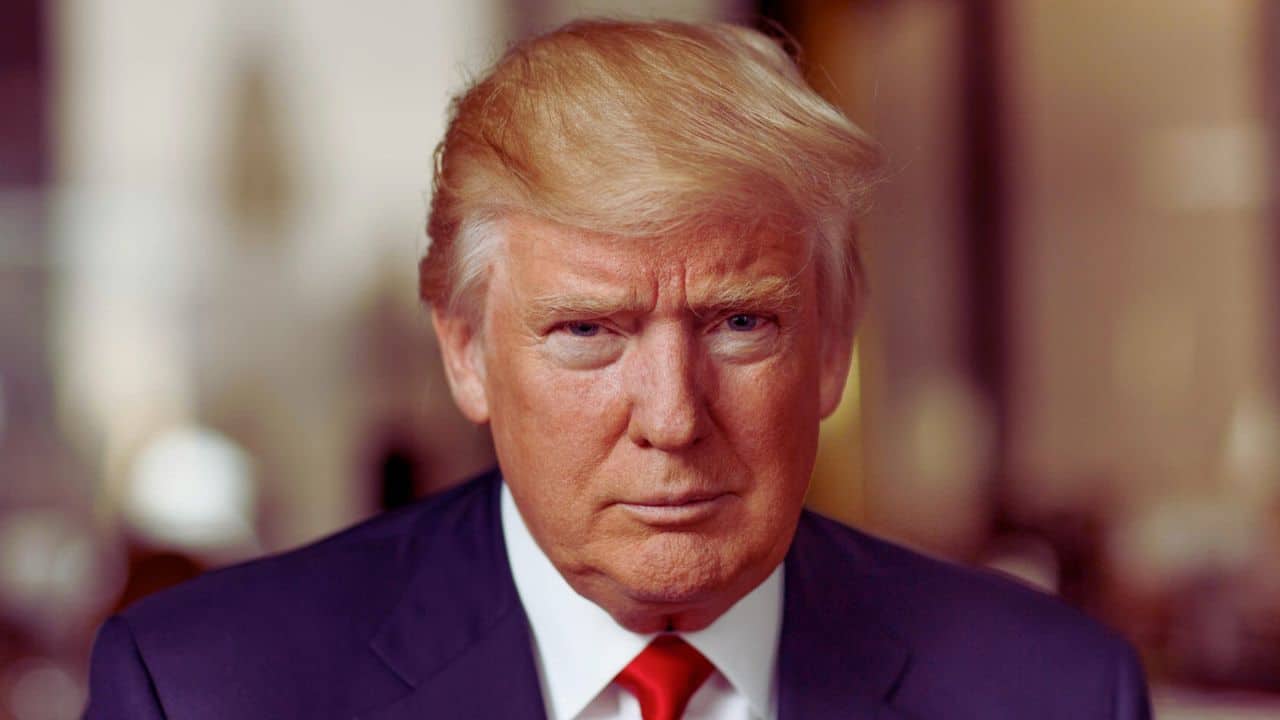The attempted assassination of former President Donald Trump at a campaign rally in Pennsylvania has gripped the nation, sparking urgent inquiries into security protocols and the motivations behind the assailant’s actions.
Thomas Matthew Crooks, a 20-year-old from Pennsylvania, perpetrated the attack using his father’s AR-15-style rifle, aiming from a rooftop overlooking the rally.
Despite a swift response from law enforcement, the incident has raised profound questions about political violence, extremism, and the adequacy of security measures surrounding high-profile events.
As investigations unfold, the public seeks clarity on the circumstances leading to this alarming event, hoping for insights to guide future strategies in safeguarding public figures and democratic processes.
1. What was Crooks’ Motive?
Thomas Matthew Crooks, identified as the assailant by the FBI, has left investigators puzzled by his actions. At just 20 years old and with no apparent history of political extremism or violence, Crooks’ motive remains elusive.
Raised in a Republican-leaning household and himself registered as a Republican voter, Crooks’ recent donation to a Democratic project adds a layer of complexity.
Despite thorough searches of his personal effects, including his phone and car, authorities have yet to uncover a clear motive driving his attempt on Trump’s life.
Crooks’ background, including his family life and social interactions, has yielded no apparent indicators of extremist leanings or violent tendencies. This lack of a discernible motive has fueled speculation and further scrutiny of his activities leading up to the rally.
2. How Did the Secret Service Security Breach Take Place?
The security breach allowing Crooks to fire shots from approximately 150 yards away, perched on a rooftop overlooking the rally, has raised serious concerns about the Secret Service’s operational protocols.
Attendees at the rally reportedly raised alarms about suspicious movements on the rooftop before the shooting, prompting questions about why this area was not adequately secured or monitored.
Reports indicating the discovery of explosives, including an improvised explosive device (IED), inside Crooks’ vehicle near the rally site have intensified scrutiny of security lapses.
The presence of such materials suggests a potentially broader threat that narrowly escaped detection. Authorities are now reassessing security measures at political events to prevent similar incidents in the future.
3. Was Donald Trump the Only Target?
Initial reports suggested Crooks acted alone and targeted Trump exclusively. However, subsequent findings paint a more complex picture.
The discovery of bomb-making materials at Crooks’ residence and in his vehicle, along with additional explosives near the rally site, suggests a broader intent.
Investigators are exploring whether Crooks had planned additional acts of violence or if other intended targets have yet to be identified. Such materials indicate a potentially heightened threat level and underscores the need for thorough investigation and preventive measures.
Current Developments and Response
In response to the assassination attempt, Donald Trump has demonstrated resilience by continuing his campaign activities with heightened security measures in place.
Reports indicate Trump has revised his speech for the Republican National Convention (RNC) following the incident, emphasizing resilience and determination despite the close call.
Meanwhile, federal agencies, including the FBI and the Department of Homeland Security, are conducting comprehensive investigations.
Their focus is on unraveling the full extent of Crooks’ motives and any potential security failures that allowed the attack to occur. Public discourse remains focused on security protocols, individual motives, and broader implications for political events.
The incident underscores the challenges in maintaining public security and highlights the importance of vigilance and preparedness in safeguarding against potential threats.
With ongoing investigations and heightened scrutiny, the hope is to enhance security measures and prevent similar incidents.
As the nation grapples with the aftermath of this attempted assassination, the unanswered questions surrounding security protocols and individual motives continue to shape public perception and policy discussions.
Efforts to strengthen security and protect public figures remain paramount in ensuring the safety and security of all participants at political gatherings.








































